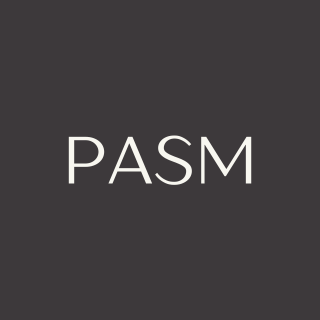Products labeled as “handmade” or “crafted by hand” always seem to have more value than machine-made products. This is a psychological factor; when a person sees a product and reads this label or knows it was handmade, they tend to appreciate the effort of the person who spent time creating the piece.
We have reached a stage in development where most of the wooden pieces around us are produced in massive factories in large quantities, leading to a loss of uniqueness. These items have become almost flavorless, lacking feeling.
However… there are some tools used in crafting wooden pieces that help the carpenter produce a beautiful item, such as hammers, saws, and sandpaper. There are also power tools that make woodworking easier, like the nail gun that operates on air pressure (as a substitute for the hammer), the electric saw, and the sander. In the end, these tools help achieve the same result but faster, without affecting the fact that the product is still handmade—since we still need to cut the wood, place the nails, sand, and paint.
When it comes to the CNC machine, people tend to think that the product comes out of the machine ready for sale, or that the effort put into CNC-made items is less than usual. But the truth is, this machine combines several power tools into one device.
For example: when we want to make a wooden box, we need to cut the small wooden board using an electric saw, then assemble the box. To secure the pieces together, we use a drill to make screw holes, then insert the screws.
Using a CNC machine, the first step is to design the box using 3D design software. This allows us to predict the final look of the product and show it to the client, saving them time and money. After the design is approved, we send it to the CNC machine, mount the wooden board, and the machine begins cutting and drilling the screw holes.
As seen in the previous example, we ultimately reach the same result: cut and drilled wooden pieces, ready for assembly and painting. The final product is the same whether we use basic manual tools, modern electric tools, or manufacturing devices like the CNC.
At PASM, we will use CNC not only to produce ordinary parts, but to harness this machine to create designs that cannot be achieved through traditional methods alone. This modern science must be used to realize these designs—from designing the pieces themselves to the method of manufacturing and reaching the final result.
We live in an era of advancement, and we will merge traditional craftsmanship with modernity to produce a new kind of art—a blend of heritage and progress—leveraging modern science and digital design software to achieve innovative outcomes.
